- Home >
- News >
- Local News
Ecology, Discovery shared
State of lake addressed during annual FLBS open house
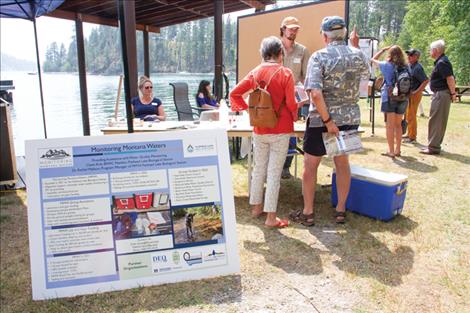
Summer Goddard
he Flathead Lake Biological Station, which conducts ecological research with an emphasis on fresh water, held their annual open house Aug. 4.
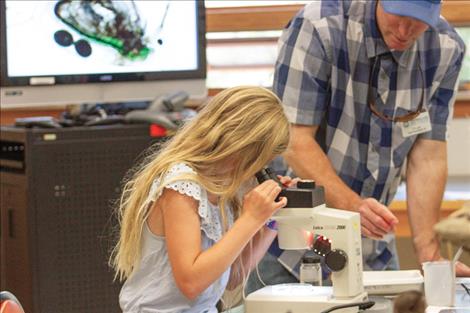
Summer Goddard
Lucy Love, 10, looks at Mysis shrimp from Flathead Lake under a microscope.
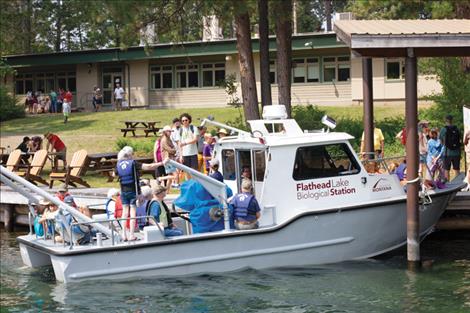
Summer Goddard
Located along the east shore of the lake at Yellow Bay, the Flathead Lake Biological Station has served as a “Sentinel of the Flathead Watershed” for 124 years. On “Jessie B.” research vessel boat tours, visitors learned how water samples are collected from various depths.
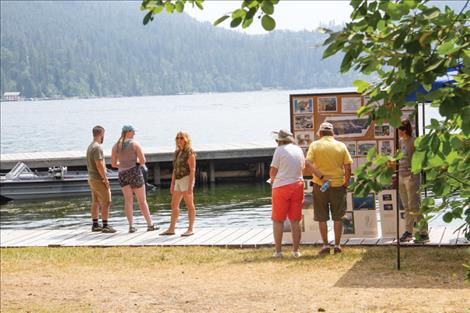
Summer Goddard
Summer Goddard / Valley Journal A recent study conducted at FLBS led to the discovery of microplastics in Flathead Lake. Open house visitors could read about this discovery and various other research projects through a variety of educational booths and experiences offered throughout the day.
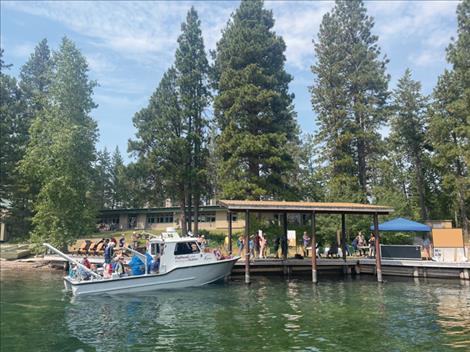
Summer Goddard
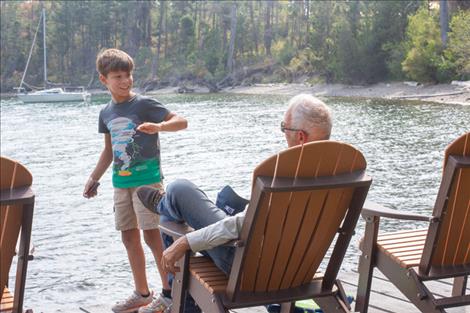
Summer Goddard

Summer Goddard
Issue Date: 8/9/2023
Last Updated: 8/13/2023 6:23:59 PM |
By
Summer Goddard
Keep Reading!
You’ve reached the limit of 3 free articles - but don’t let that stop you.
















